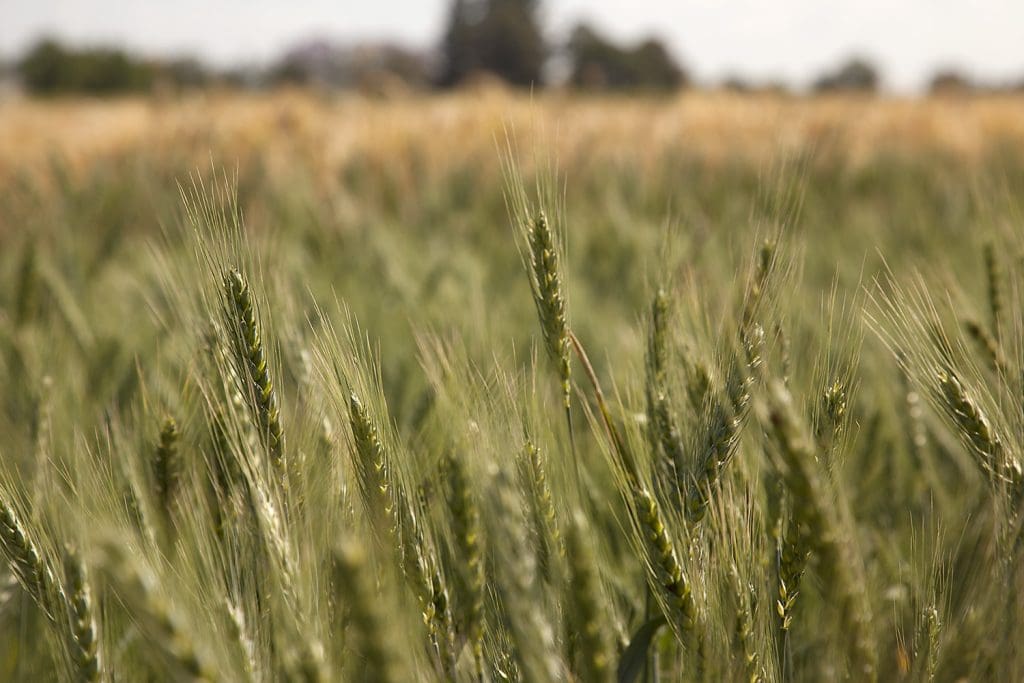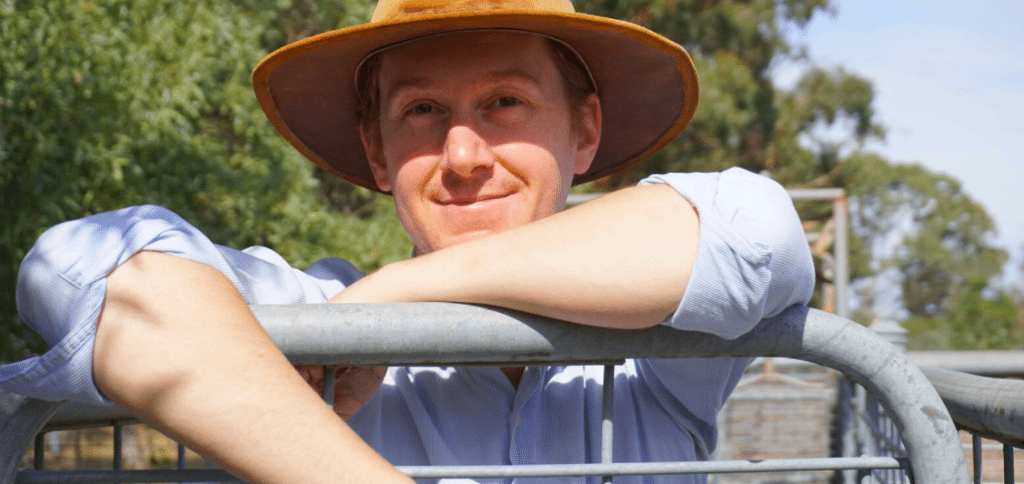
AUSTRALIAN wheat growers are on track to benefit from one of the best combinations of price and yield in Australian history, according to the NAB October Rural Commodities Wrap.
The NAB Rural Commodities Index is now 18.9 per cent above the same time in 2020, underpinned by excellent seasonal conditions and ongoing commodity price strength.
NAB Agribusiness economist, Phin Ziebell, said already strong grain and cattle prices could be further bolstered if a La Nina event occurs.

Phin Ziebell
“The Bureau of Meteorology’s latest ENSO outlook has now moved to a 70 per cent chance of a La Nina event developing this year,” Mr Ziebell said.
“La Nina is associated with above average spring-summer rainfall in eastern and northern Australia. This could drive even steeper cattle prices and a big grain harvest, albeit potentially at the expense of quality.
“Winter crop conditions remain generally excellent. Wheat prices continue to rally on global markets, reflecting solid demand, ongoing supply question marks and increasingly sharp challenges around supply chains and fuel costs.
“Australian wheat now looks very well priced, and we are likely to see further upside in domestic prices. This combination of price and yield is likely to be one of the best in Australian history.
“We have now upgraded our December quarter price forecast from $350/tonne to $375/t. While we see prices easing in 2022, our price forecast track remains above $300/t throughout 2022 and 2023.”
Mr Ziebell said canola continued to rally, almost passing $1,000/t at the Port of Newcastle.
“This has been supported by a big rally in global oil seeds, reflecting labour shortages in palm oil plantations in COVID-hit Malaysia and extreme heat in Canada,” Mr Ziebell said.
“Barley prices remain low compared to other winter crops, reflecting the hangover from the China trade ban.”
Rising input costs
Surging input prices are taking some of the gloss off commodity prices, due largely to ongoing strength in oil prices following a pandemic-induced slump as well as elevated gas demand across Europe and Asia.
“The onset of the COVID-19 pandemic destroyed oil demand and saw production pull back accordingly. Now demand has returned but supply, particularly in US shale, continues to lag,” Mr Ziebell said.
“Gas markets are even more constrained amid supply chain issues in Europe. This points to even higher Australian input prices, particularly fuel and fertiliser, in coming months.”
Mr Ziebell said cattle prices remained out of step with trends in global markets and would remain a challenge for processors.
“The Eastern Young Cattle Indicator (EYCI) continues to push ever higher, exceeding 1,075c/kg this week,” he said.
“With a big summer forecast for eastern and northern Australia, grass fever could push restocker demand even higher. While this is clearly an excellent result for producers, we remain convinced that this price trajectory is unsustainable in 2022 if weather conditions return to normal.”
Looking at the Australian Dollar, Mr Ziebell said while it had recently risen back above US75cents, NAB forecasts the currency will finish 2021 at around US72c.
Source: NAB
Download the NAB October Rural Commodities Wrap (PDF)

HAVE YOUR SAY